10 inexpensive Winter superfoods
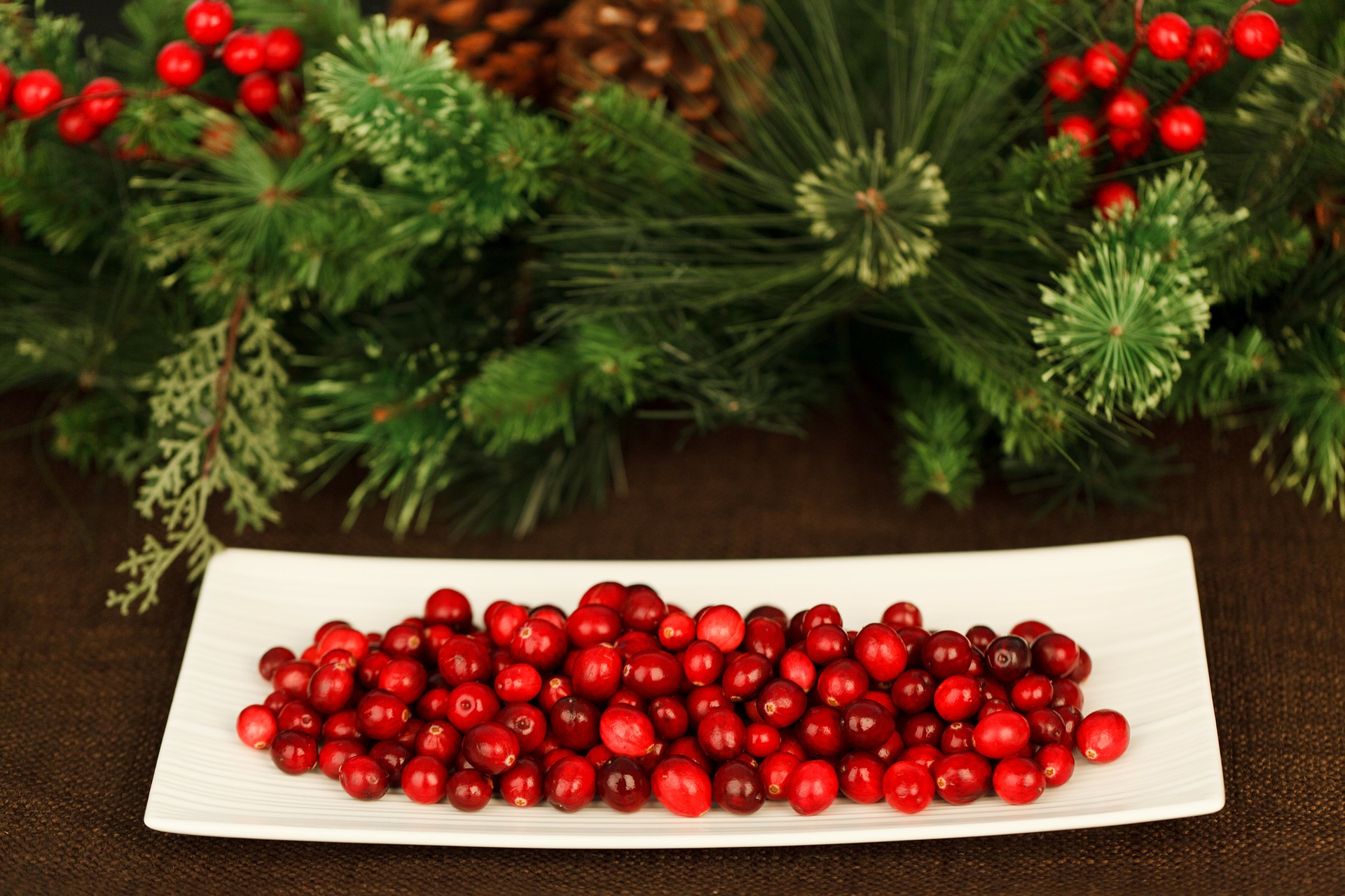
Eating nutrient-dense foods doesn’t have to be expensive, the secret is to buy in-season…
Focusing on vegetables and fruit in season is not only a smart money-saving strategy, but it is also the best way to enjoy them when they are at their peak in flavour and more complete from a nutritional point of view. Remember to buy organic when possible.
Even in the coldest months of the year, nature is gifting us with plenty of superfoods. Let’s have a look at some of these Winter gems.
Leeks
The perfect ingredient for our Winter soups, leeks are a powerhouse of nutrients. They are an excellent source of many vitamins and minerals (vitamins K, C, B6 and E, magnesium, folate, manganese, iron and more!), they are high in antioxidants (quercetin and kaempferol to name few), and they are a very good source of fibre. In fact, leeks are rich in prebiotics (in particular inulin), which are types of fibre that promote the growth of beneficial bacteria in the gut
Like their sister plants onions and garlic, leeks are also rich in sulphur compounds, so important for our detoxing pathways.
Kiwi
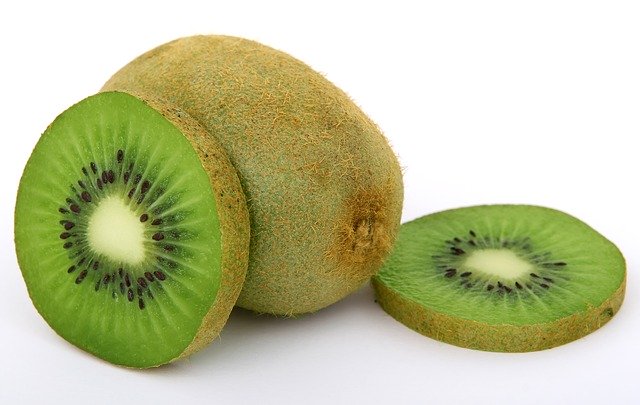
Super rich in Vitamin C (more than citrus fruits), so important for our immune system health and to fight off free radicals, kiwi have a high content of minerals too: calcium, phosphorus, magnesium and potassium. They are also a good source of fibre, helping our digestion.
Enjoy them in winter fruit salads, smoothies or on their own, as a healthy mid-morning snack.
Chestnuts
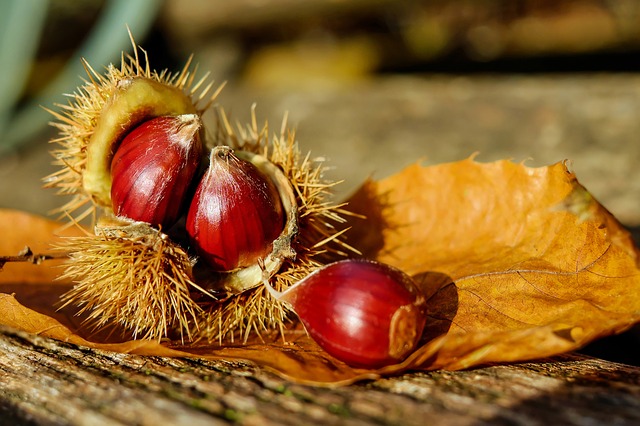
Once considered the bread of the poor, for centuries in the winter months chestnuts have been the staple of people living in the mountains.
Sweet in flavour and quite filling, chestnut are an excellent source of fibre, so important for a healthy digestion. Exceptionally rich in vitamin C, chestnuts are also rich in folate and other B vitamins, and in many minerals like iron, zinc, magnesium, calcium, manganese. phosphorus and potassium.
Because of their spiny involucres which protect them from chemicals and pesticides, chestnuts are considered organic by nature.
Enjoy them roasted or boiled, or grind them to a flour consistency for nutritious pancakes. Use a chestnut decoction to gargle for throat and mouth inflammation.
Parsnips
Parsnips are a delicious Winter root vegetable that has been cultivated for thousands of years.
They taste sweet and nutty, and become sweeter if harvested after a frost; in fact freezing temperatures cause some of the starches in the roots to convert to sugars, which greatly enhances their flavour.
Parsnips are incredibly nutritious, an excellent source of many important nutrients: they are rich in vitamins C and E, vitamin K and folate, as well as minerals like potassium, and they are a great source of both soluble and insoluble fibre, so important for a smooth digestion.
Parsnips are not only tasty in soups and stews; enjoy them roasted with thyme sprigs and a drop of good quality honey, or mashed, with a sprinkle of nutmeg, as a tasty side dish.
Cranberries
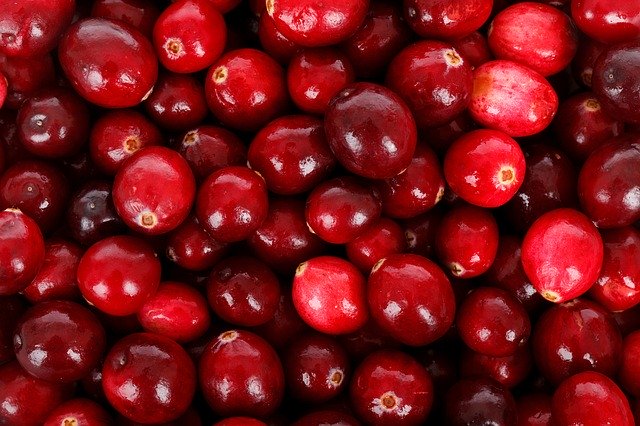
A familiar sight in sauces, pies and cakes at Christmas, these little red gems have been used for centuries for their healing properties, and still today they help us treating a wide range of infections, in particular recurrent urinary tract infections (UTIs).
Cranberries offer an extraordinary array of phytonutrients, with proanthocyanidins and anthocyanins at the top, which offer antioxidant and anti-inflammatory benefits.
Cranberries are also a very good source of vitamins C, E and K, manganese and fibre.
Brussel sprouts
Another familiar face at Christmas dinners (and leftovers!), Brussel sprouts are not so widely loved, even though they are a powerhouse of beneficial nutrients.
There are many studies focusing on their wide and high antioxidants content (higher than in any other cruciferous vegetable, including broccoli). In fact, Brussels sprouts contain numerous disease-fighting phytochemicals including sulforaphane, indoles, glucosinolates and coumarins.
They are also an excellent source of vitamins C and K, and a very good source of many other nutrients including folate, manganese, vitamin B6, magnesium, potassium, phosphorus and fibre.
It is important not to overcook them, not to loose their nutritional value and taste. To speed up cooking time, cut them in quarters and let them sit for 5 minutes before steaming for a couple of minutes. Try them also roasted with cranberries, or thinly sliced in your next stir-fry.
Fennel
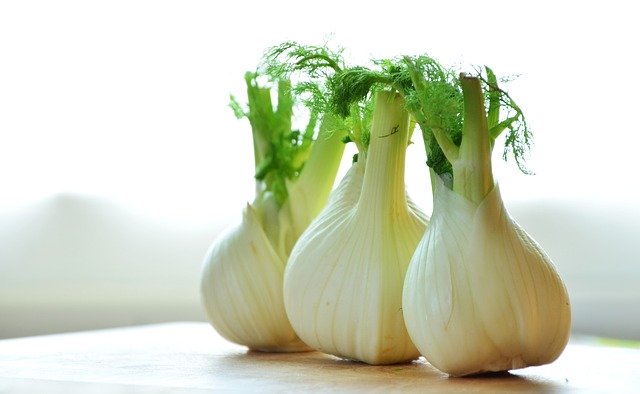
I love the crunchy texture of raw fennel, I enjoy it in my winter salads and on its own as pinzimonio, the Italian way of eating seasonal raw vegetables with an extra virgin olive oil dip (see recipe here)
Fennel is a very good source of fibre, so important for a smooth digestion, and it also contains lots of minerals and vitamins, like folate, potassium, copper, manganese and magnesium. It is also rich in phytonutrients like rutin, quercetin, and kaempferol.
It is very effective in relieving gas in the stomach and intestine, helping to ease digestion. Diuretic, it also stimulates the appetite and it is anti-inflammatory, also thanks to its high vitamin C content.
Fennel seeds are a great way to end a meal: yes, they serve as a mouth cleanser, but they help with digestion and gas too!
If chewing seeds is not your thing, try them steeped in hot water, for a refreshening herbal tea
Pomegranates
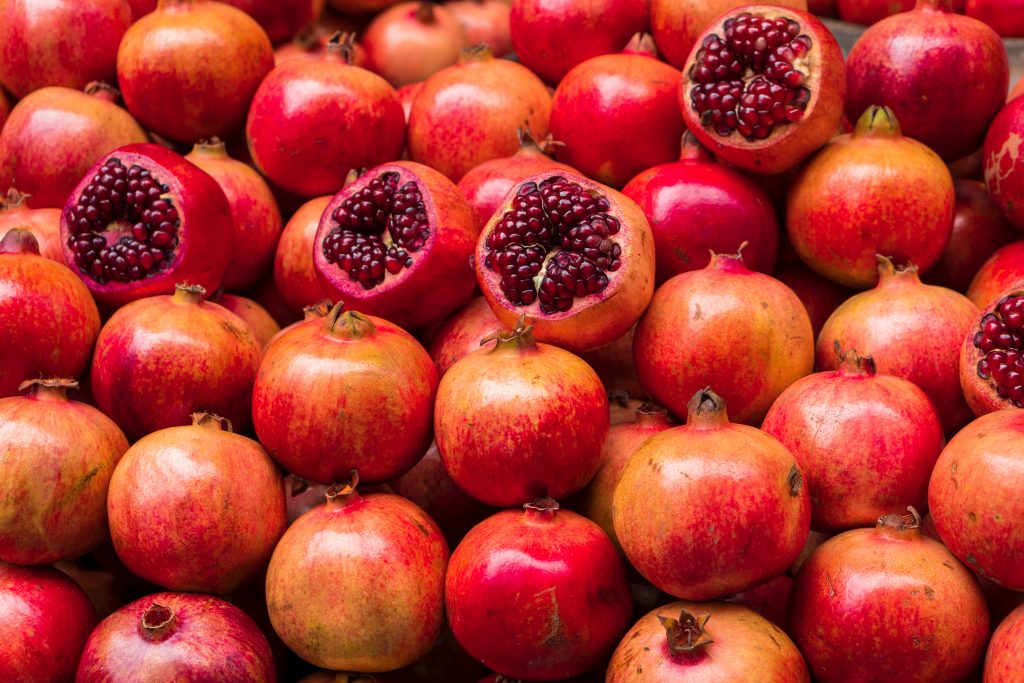
Pomegranates are one of the world’s oldest fruits as well as one of the most nutritious, and they have been used for thousands of years for their health benefits.
The ruby-colored seeds are packed with many antioxidants and anti-inflammatories, vitamin C, punicalagins and anthocyanidins are just few examples; Studies have shown that pomegranate can help lowering risks of heart disease by decreasing oxidative stress, reducing inflammation, lowering blood pressure and protecting the arteries.
Pomegranates are also helpful for women’s hormone health and are an important immune system booster.
Spinach
“Do you want to be strong as Popeye? Eat your spinach!” was a common refrain in my childhood. And indeed, this Winter dark leafy green is packed with nutrients, and provides outstanding broad based nourishment.
Iron aside, spinach is an excellent source of vitamins K, C and A (in the form of carotenoids), magnesium, chlorophyll, manganese, folate, copper, vitamin B2 and B6, vitamin E, calcium, potassium and fibre.
Don’t forget to sprinkle some lemon juice on your spinach to enhance iron absorption.
Celeriac
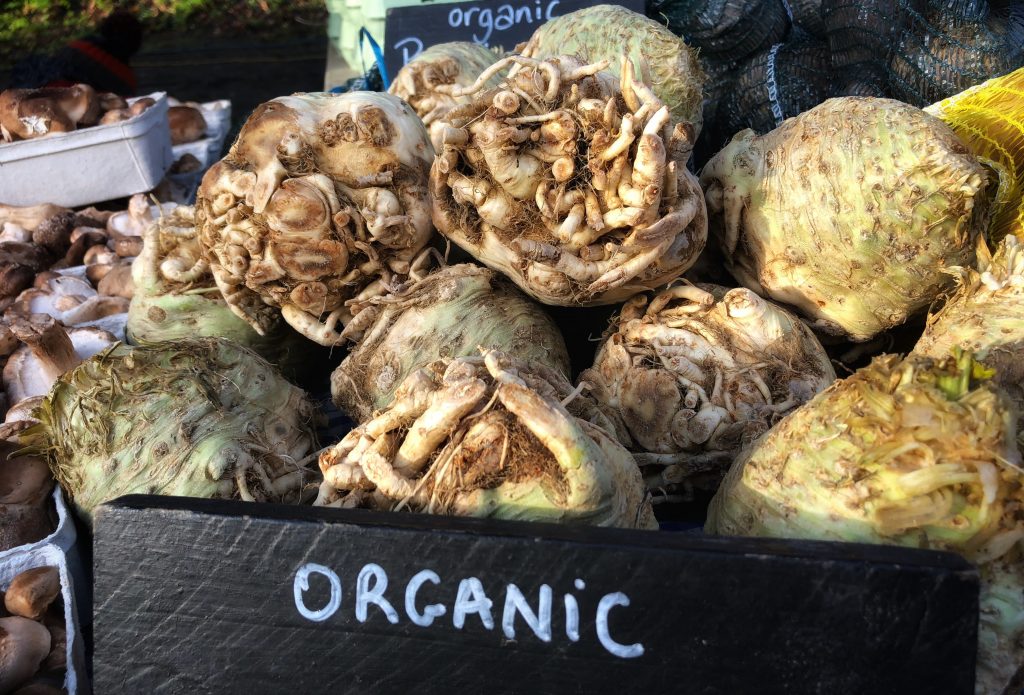
A relatively unknown vegetable, celeriac’s popularity is increasing nowadays, and for good reasons.
It looks a bit odd, with a rough surface covered in little roots, nevertheless celeriac is a nutritional powerhouse, packed with fibre and vitamins C, K and B6. It is also a good source of important minerals, such as phosphorus, potassium and manganese.
It is extremely versatile and it is very tasty, with an earthy texture
You can enjoy celeriac raw in salads and coleslaws or cooked mashed, baked, roasted or boiled, in soups, stews and casseroles, as a healthier, lower-carb alternative to potatoes and other root vegetables.
